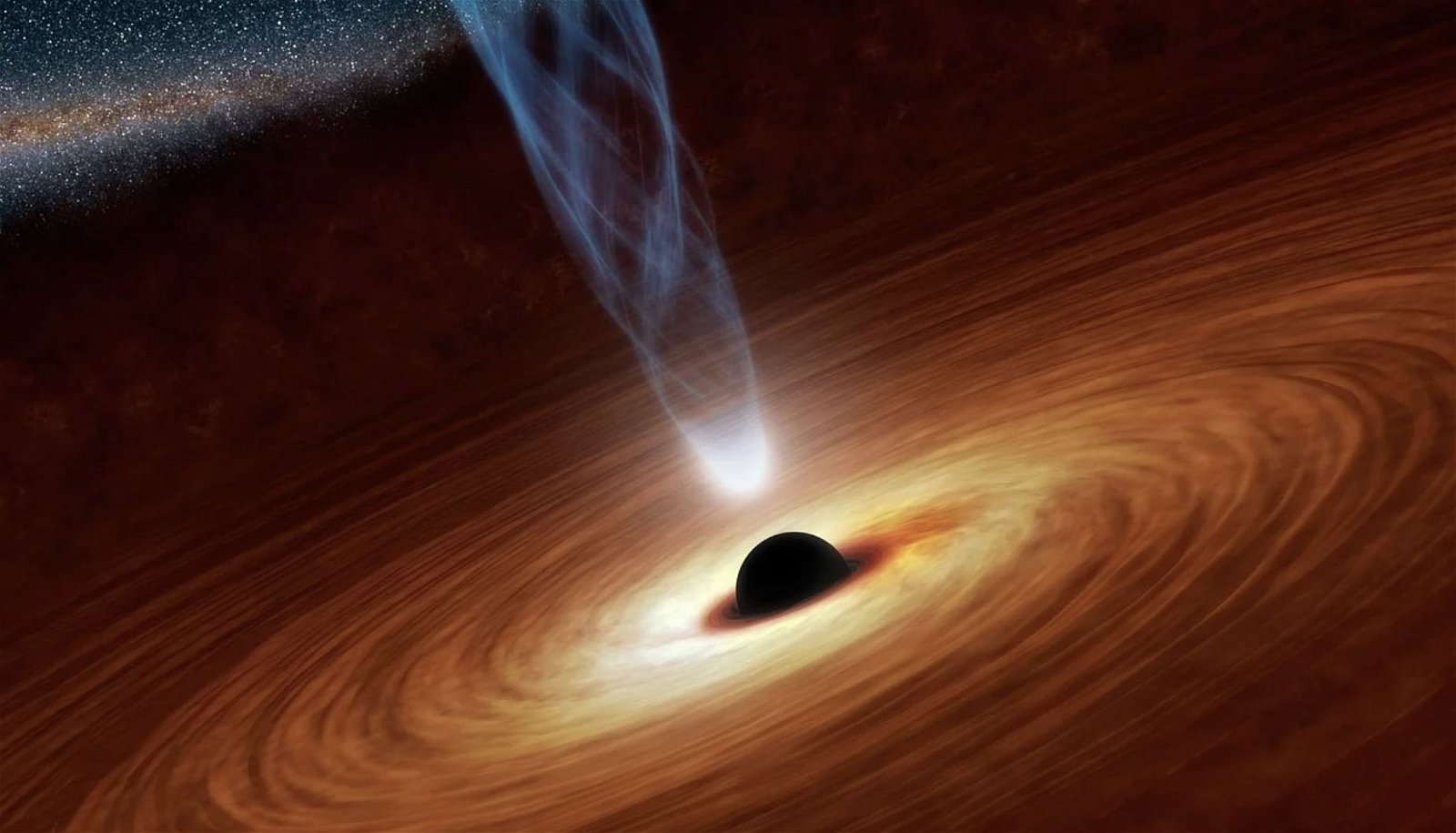In my Freshman Seminar class at Harvard, the students were surprised to learn that the density of air is merely a thousand times lower than that of liquids or solids. This implies that atoms are separated roughly ten times farther apart in the air we breathe than in the water we drink, or the chair we sit on, or the Earth on which the chair rests. I noted: “Surely, ordinary matter in outer space is far more rarefied than even air.” I asked my students to guess by how much and then gave the answer.
On average, the Universe contains a hydrogen atom per 3 cubic meters, a mass density that is 27.5 orders of magnitude smaller than that of air. Galaxies condensed out of cosmic matter. The interstellar medium in the disk of the Milky Way galaxy is, therefore, a million times denser than the cosmic average. But even that is nearly nothing.
The rarefied nature of interstellar space makes interstellar travel possible. In the first 2018 paper, I wrote about `Oumuamua with Shmuel Bialy, we calculated that even if it is a millimeter-thick membrane, it would have survived travel over Galactic distances through the interstellar medium of the Milky Way.
Similarly, chemical rockets have a relatively comfortable journey through the Milky Way. Traversing the stellar disk in a billion years requires a speed of tens of kilometers per second, which is attainable by chemical propulsion. At this speed, an impact by background matter releases as much heat as if that matter was a chemical explosive. If the interstellar medium had the density of air, any interstellar spacecraft would have burned up in a giant fireball. As a precaution, interstellar trips should avoid the densest concentrations of interstellar gas and dust in molecular clouds.
These molecular clouds condense into dense cores of gas that make stars and planets of high density. For example, the mean mass densities of the Sun or gas giant planets like Jupiter are comparable to that of rocky planets like the Earth.
The mean densities of planets have implications for their ability to withstand gravitational tides from their host star. The threshold for tidal disruption is set by the mean density of a self-gravitating object, a star like the Sun could disrupt a planet of similar mean density only if the planet grazes the star’s surface.
But nature makes denser objects than the Sun, such as white dwarfs, neutron stars, and black holes, that form from the collapse of stellar cores. A white dwarf – the end product of the Sun, has the size of Earth. Indeed, recent observations revealed debris from planetary disruption far from the surface of white dwarfs. A neutron star is a hundred times more compact than a white dwarf and reaches the maximum possible density of cold matter, comparable to the mass density in an atomic nucleus. But black holes could potentially be even denser.
The event horizon size of a black hole is proportional to its mass, and therefore the mean mass density inside the horizon of a black hole scales inversely with mass squared. The mean density of a black hole with a few times the mass of the Sun is comparable to nuclear density, the highest attainable by stable stars. This implies that astrophysical black holes that form out of the collapse of gas clouds or stars can only obtain masses above a few times that of the Sun.
The only path to making lower-mass black holes is in the Early Universe, in case the mean energy density within the cosmic horizon exceeds a critical value in some regions as a result of primordial density fluctuations. In principle, primordial black holes could account for the dark matter since they interact only gravitationally. Most mass ranges are ruled out by astrophysical constraints, except for primordial black holes with masses similar to those of massive asteroids in the size range of ten to a thousand kilometers. In principle, Planet Nine could be a primordial black hole of five Earth masses. As I showed in a paper with my student, Amir Siraj, this possibility can be tested by searching for flares from the accretion of Oort Cloud objects onto it, detectable by the forthcoming Vera C. Rubin Observatory.
On the other end of the density spectrum, supermassive black holes could form out of rarefied gas clouds, as found in the centers of galaxies. Our own Milky Way galaxy hosts a black hole with a mass equivalent to four million suns, and the giant elliptical galaxy M87 hosts a black hole that is 1,500 times more massive. Both black holes were imaged in recent years by the Event Horizon Telescope in an effort led by Harvard’s Black Hole Initiative, for which I served as the founding director.
A black hole with hundreds of millions of times the mass of the Sun can, in principle, be made by filling the orbit of Jupiter around the Sun with water. Unfortunately, this cosmic engineering project requires more water than is available in the Milky Way galaxy.
As much as it is essential for our daily life, ordinary matter is an outlier in the scheme of the cosmos. Dark matter and dark energy account today for 95% of the cosmic mass budget. Unfortunately, we have no clue how to harvest these dark components for our needs.
If we ever use these dark components to fuel engines of interstellar spacecraft, we will need to know their local densities to a higher precision. But as of now, they constitute matter that does not matter for all practical purposes.
Avi Loeb is the head of the Galileo Project, founding director of Harvard University’s – Black Hole Initiative, director of the Institute for Theory and Computation at the Harvard-Smithsonian Center for Astrophysics, and the former chair of the astronomy department at Harvard University (2011-2020). He chairs the advisory board for the Breakthrough Starshot project, and is a former member of the President’s Council of Advisors onScience and Technology and a former chair of the Board on Physics and Astronomy of the National Academies. He is the bestselling author of “Extraterrestrial: The First Sign of Intelligent Life Beyond Earth” and a co-author of the textbook “Life in the Cosmos”, both published in 2021. His new book, titled “Interstellar,” is scheduled for publication in August 2023.

